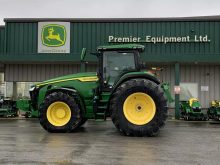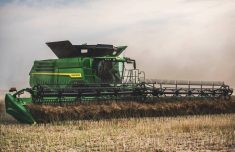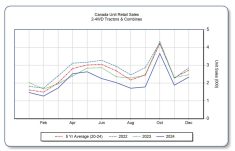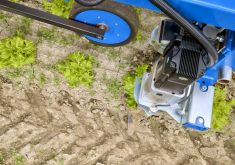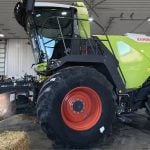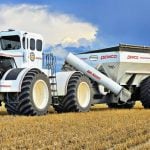Glacier FarmMedia – Nine hundred to 1,000 new combines are sold every year in Australia, according to the Tractor and Machinery Association of Australia.
Of those new combines, 25 to 30 per cent are equipped with weed seed destructors.
“It’s taken off to the level where … there’s a few hundred being sold (with seed destructors) every year in Australia,” said Trevor Thiessen, president of Redekop Manufacturing, a farm equipment manufacturer in Saskatoon. “Selling 200 to 300 mills is … is a pretty good chunk of the new combine sales.”
Read Also
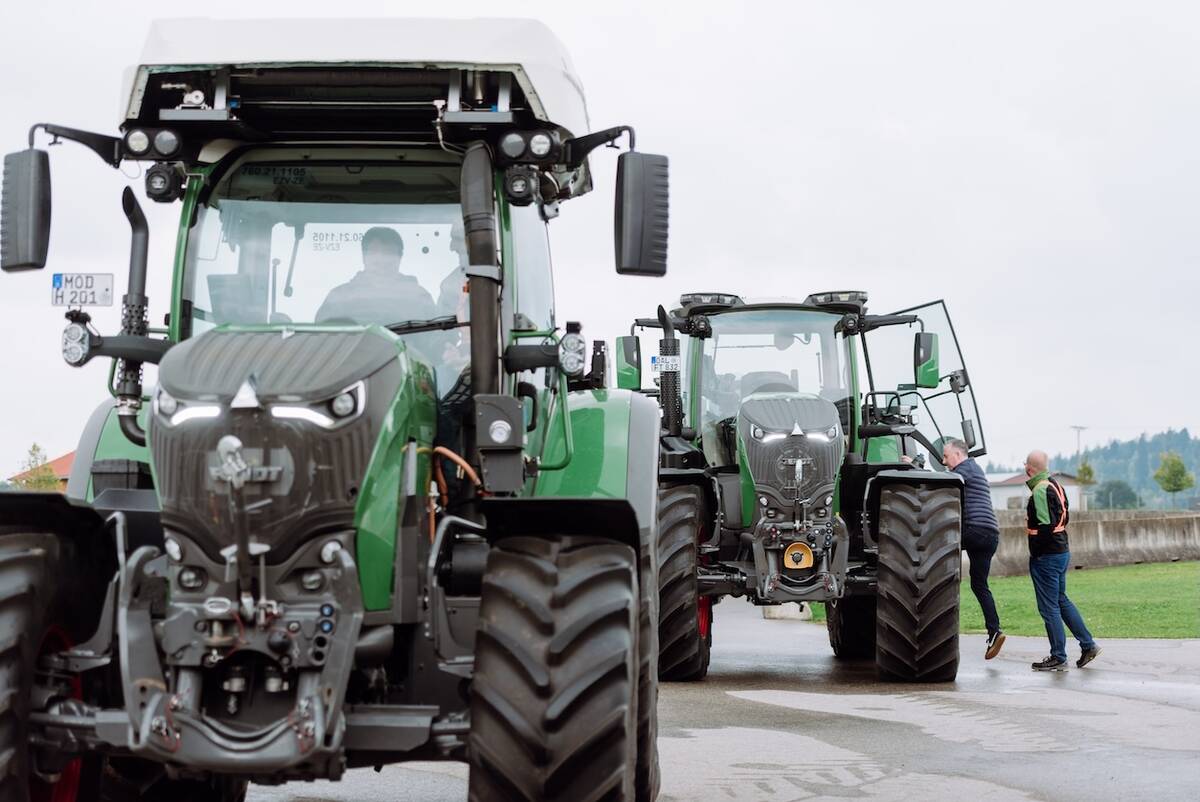
Agco worries about outlook for North America
Agco chief executive officer Eric Hansotia recently had both good and bad news to share about the demand for new farm equipment.
Redekop manufactures a seed control unit that pulverizes weed seeds before they exit the combine in the chaff.
Weed seed destructors can potentially crush 90 to 95 per cent of the weed seeds that go through the combine, reducing the number of viable seeds that could become weeds in future years.
“(They) work really well for weeds that have a high seed retention at harvest,” said Kim Brown-Livingston, weed specialist with Manitoba Agriculture. “It’s basically a hammer mill on the end of your combine.”
Many Australian farmers were essentially forced to adopt the technology because they ran out of options to manage herbicide-resistant weeds.
In North America, thousands of farmers are struggling with kochia, waterhemp, palmer amaranth and other weeds that are resistant to multiple herbicides. For some, those weeds have become a major headache, while on other farms they are hindering crop yields.
However, only a small percentage of growers are investing in weed seed destructors.
“In the North American market, I would say we’re still in the discovery and understanding phase,” Thiessen said. “The early adopters are putting it on (used combines).”
Most of the sales are retrofits for combines that are several years old. Anything older than 2012 may not have sufficient horsepower or capacity to operate the destructor.
While most farmers are hesitant, there are geographic pockets in Canada and the United States where seed mills are gaining traction.
“Last year, it was a little more (sales) in the States, but we sold quite a few in Canada on all brands — John Deere, Case, New Holland,” Thiessen said.
“Most of our (Canadian) sales are coming from the Alberta-Saskatchewan border area, where the kochia problem is really bad and getting worse … a typical scenario in Western Canada. A guy has three or four combines (and) he’ll put a mill on one or two of them and run those (combines) in the toughest and weediest fields.”
Weed seed destructors are also gaining a foothold in the Pacific Northwest, where the market is moving past the “early adopter stage,” Thiessen said.
Farmers In the U.S. Midwest and other regions may not be aware of seed mills or are skeptical about the return on investment. They’re sitting on the sidelines because the equipment isn’t cheap. The Redekop unit costs around $100,000.
The company has been collaborating with a group called Getting Rid of Weeds (GROW) to generate the agronomic and economic data on weed seed destructors. It is a U.S. partnership between university researchers, agronomists and economist studying integrated weed management strategies.
One of the partners is Iowa State University, where weed scientists have been testing a Redekop seed destructor on a John Deere combine.
“Farmers in central Iowa and in Harrison County are already using this technology, and we expect more will do so in the coming years,” said Prashant Jha, professor and extension weed specialist at Iowa State.
Overall, Redekop has done trials with 12 American universities.
In most situations, a local producer will use a combine with a Redekop seed destructor and run strip trials. The scientists collect the data to understand the impact on the weed seed bank.
“They’re also doing some static counts in the lab to validate kill rates and efficacy of the mill systems,” Thiessen said.
“We’re hoping by the end of this 2023 season, we’ll see some data out of that university research, which will help answer some questions for the farmer.”
Thiessen added that seed destructors will not fix the herbicide-resistant weed problem in North America but they are part of the solution.
“This is not a silver bullet…. When used in combination with good chemical rotation, and/or crop rotation, this will help reduce the weed pressure.”
– This article was originally published at The Western Producer.






